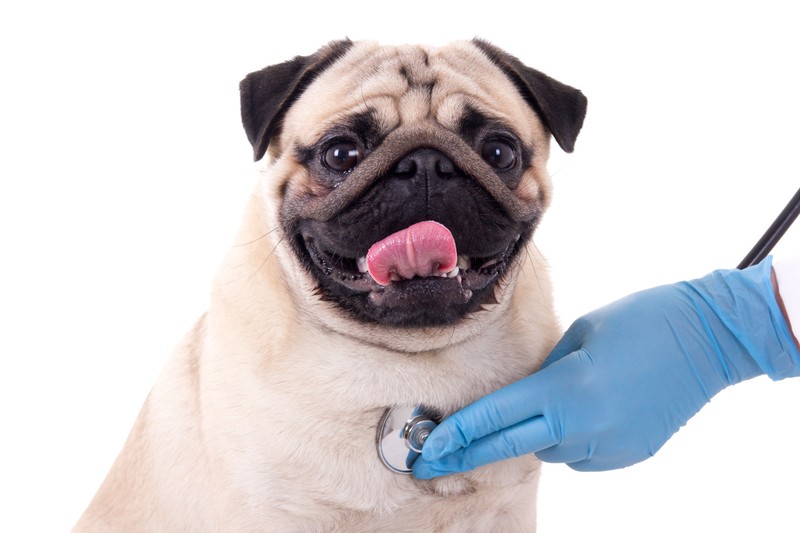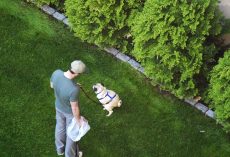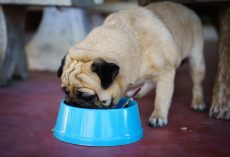If you think your doggy has a collapsed trachea, don't worry. Here's what you can do!
The windpipe is a tube made out of tissue membranes. When a dog breathes, air moves rapidly through the trachea, causing the pressure inside of it to go down. This creates a tendency for the trachea to collapse.
Collapsing trachea, therefore, occurs almost exclusively in small dogs.
Most small dogs are born with cartilage that is sufficiently strong to hold the trachea open. However, age takes its toll on cartilage, as it does on so many things. As cartilage ages, it becomes weaker. Symptoms of collapsing trachea thus occur most commonly in older dogs.
The first symptom of collapsing trachea usually is coughing. As the windpipe narrows during breathing, dogs appear to feel a tickle in their throat. The symptoms tend to be most prominent when air is moving faster and the forces leading to collapse of the structure are stronger. Therefore, the symptoms are more likely to occur when dogs breathe harder.
Collapsing trachea can be diagnosed in two ways. Radiographs (X-rays) are the most common method. The trachea is visible on chest radiographs. The diagnosis is made if it is seen to narrow on the images.
Collapsing trachea also can be diagnosed with endoscopy. An endoscope is a medical instrument with a camera on its end. It can be inserted into the trachea, and the windpipe can be observed visually for evidence of collapse.
I am sorry to say that severe cases of collapsing trachea can have fatal consequences. The narrowing of the trachea can become so severe that sufficient air cannot make it into the lungs, and affected dogs may die of respiratory distress.
Treatment for collapsing trachea starts with basic lifestyle changes. Leashes should be attached to harnesses rather than collars in order to avoid pressure on the windpipe. Obesity exacerbates the syndrome, so special attention should be paid to the weight of dogs with collapsing trachea. Dogs need to move more air through the trachea when they pant on hot days and when they exercise. Therefore, dogs with collapsing trachea should avoid strenuous activity during the heat of the day.
I recommend that owners of small dogs who frequently cough discuss collapsing trachea with their veterinarians. A good vet should be able to help come up with a comprehensive treatment plan to keep dogs breathing well.
Now that you know what to watch out for, you'll be able to make sure your pup is happy and healthy. Just make sure you take these recommended steps and get your doggy to a vet in order to prevent it from becoming worse.
For more information on collapsed tracheas, visit Dogster.









